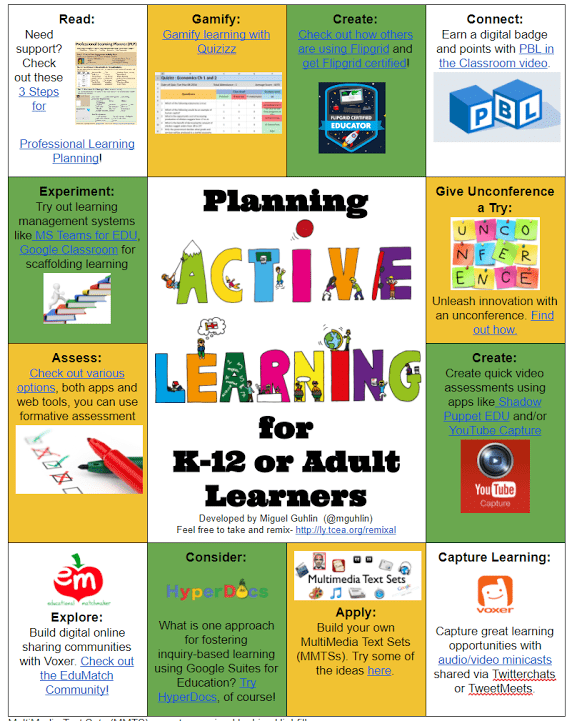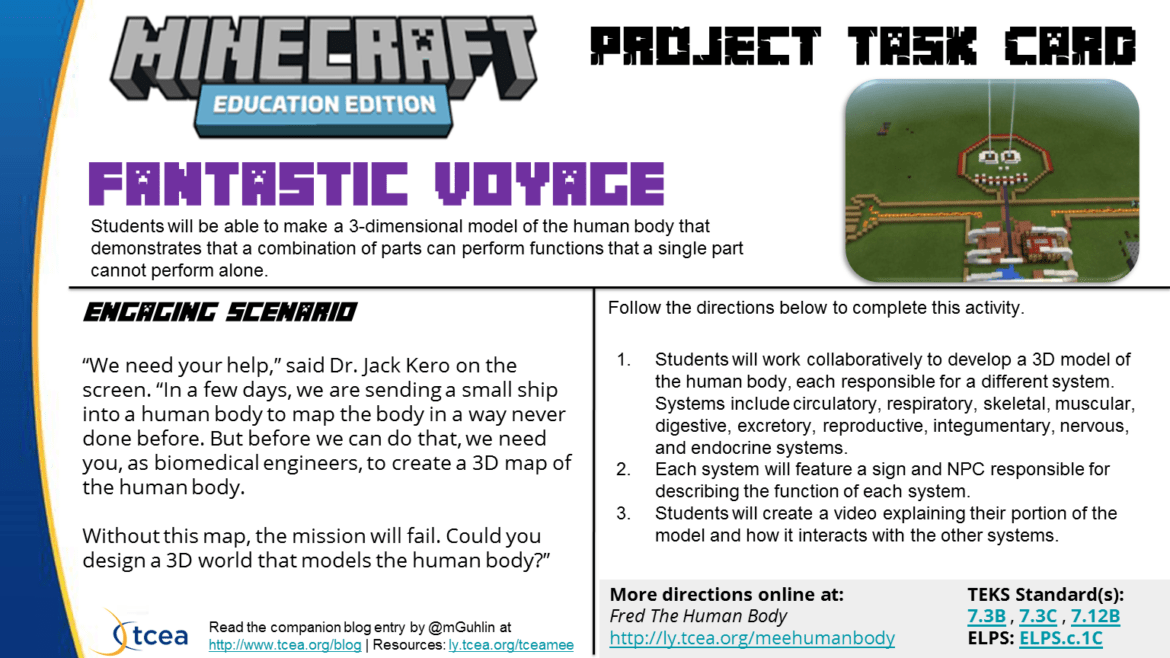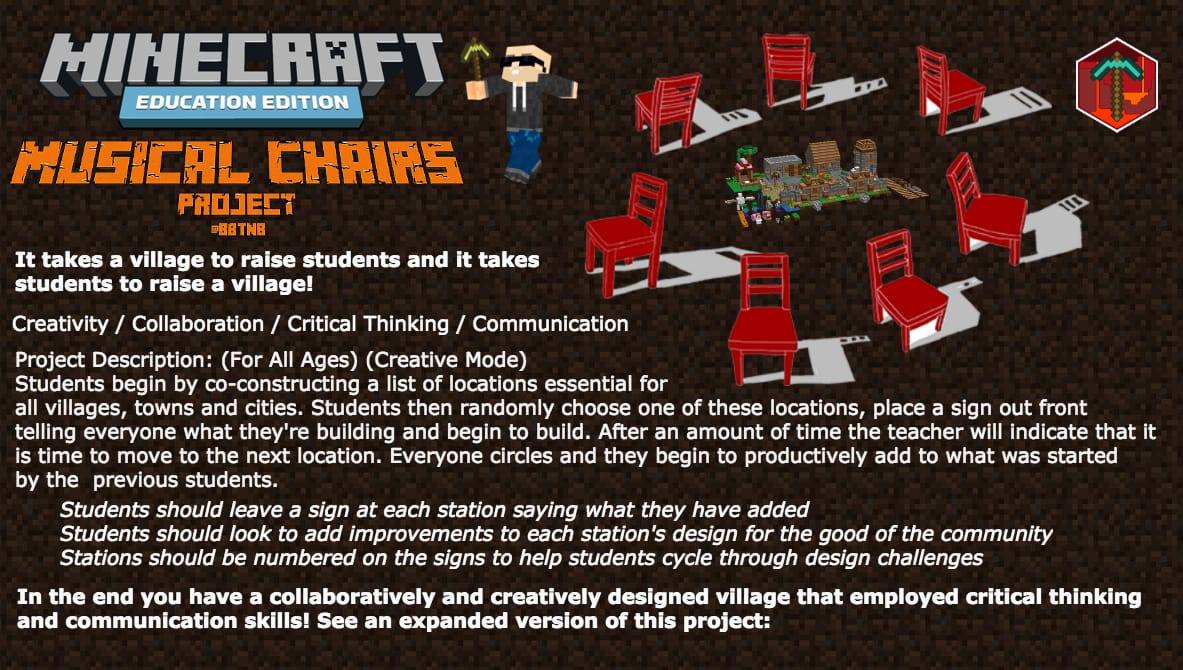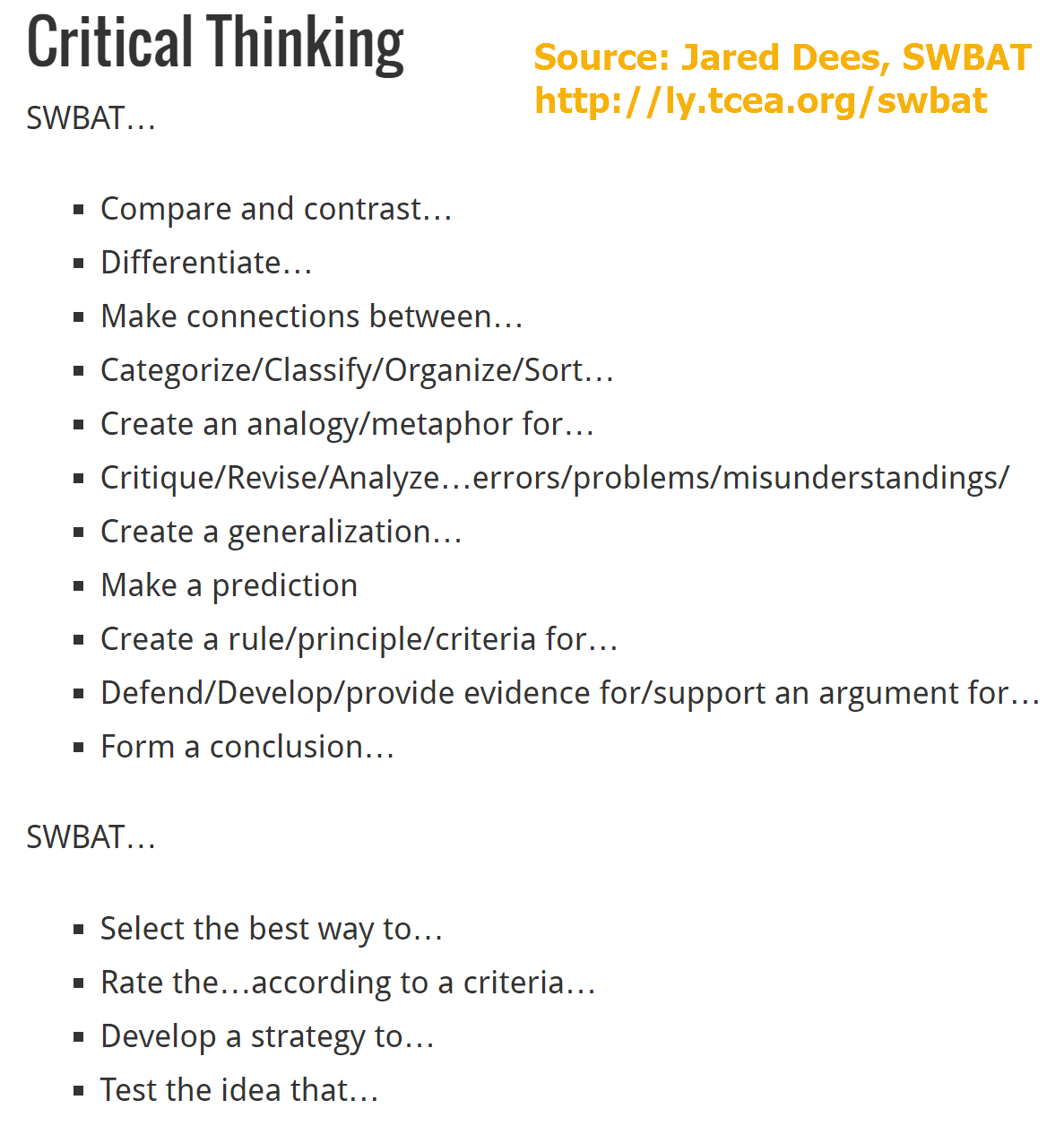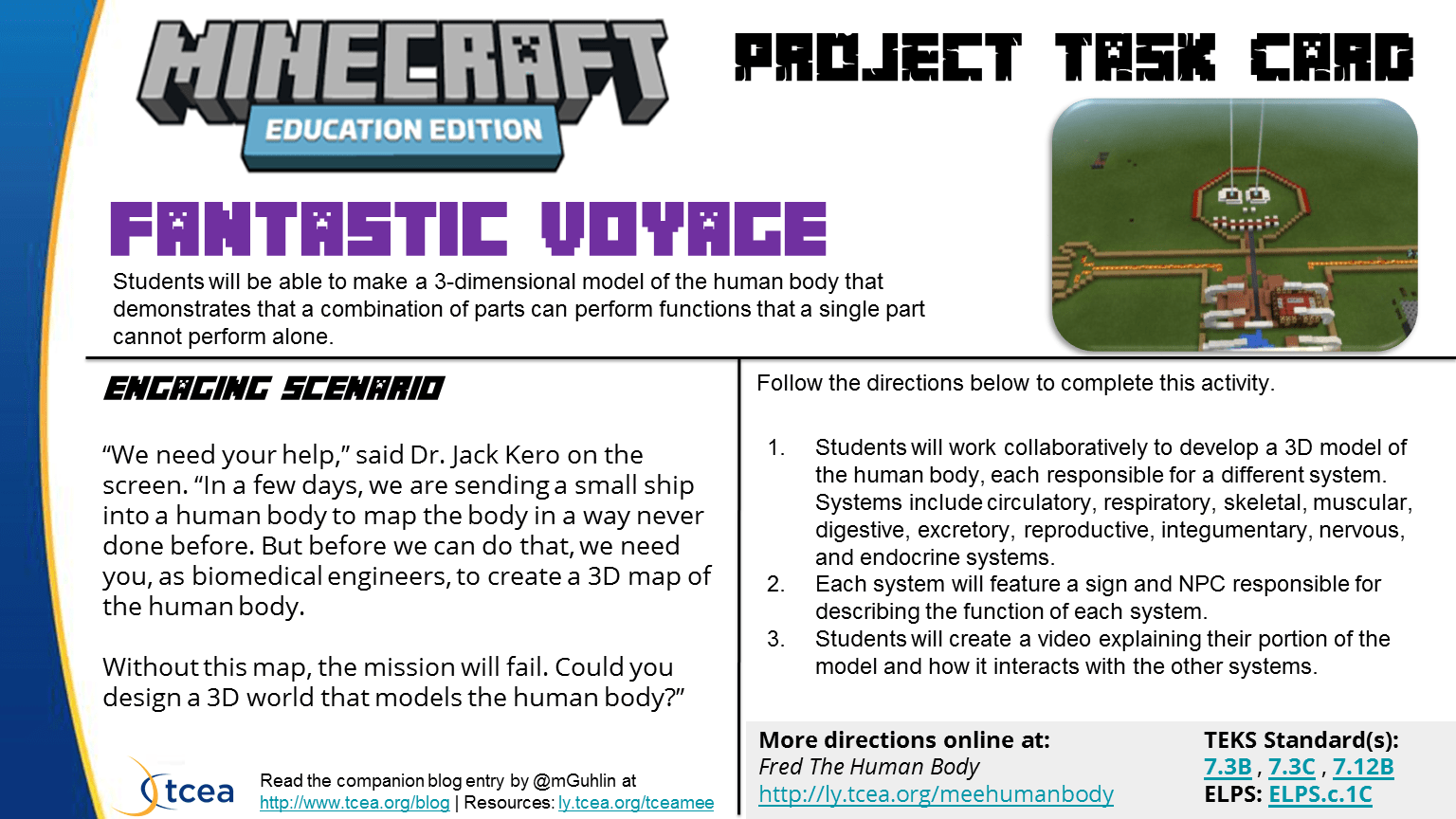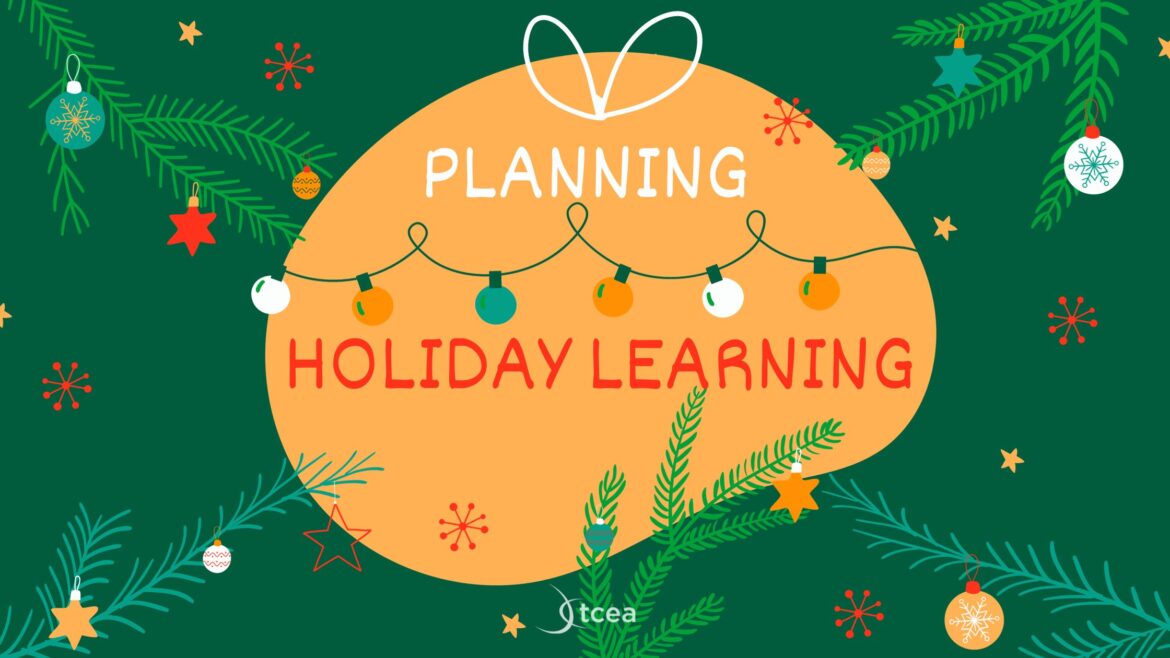Want to gear your lesson planning towards student learning? Focus on active learning and increasing what some describe as learner agency. The 5E lesson planning model can help students develop independent thinking. Let’s explore why that’s important.
Fostering Learner Agency
In Rethinking the Lesson Plan blog entry, Katie Martin writes:
Learner agency is about moving students from passively responding to acting with purpose to reach a desired goal or outcome.
Many of students’ learning experiences are passive responses to our efforts as teachers. In a recent workshop for K-12 educators, I found myself grateful for having developed self-paced, “center-driven” learning opportunities. Please allow me to share a reflection on the experience before we jump into 5E lesson planning.
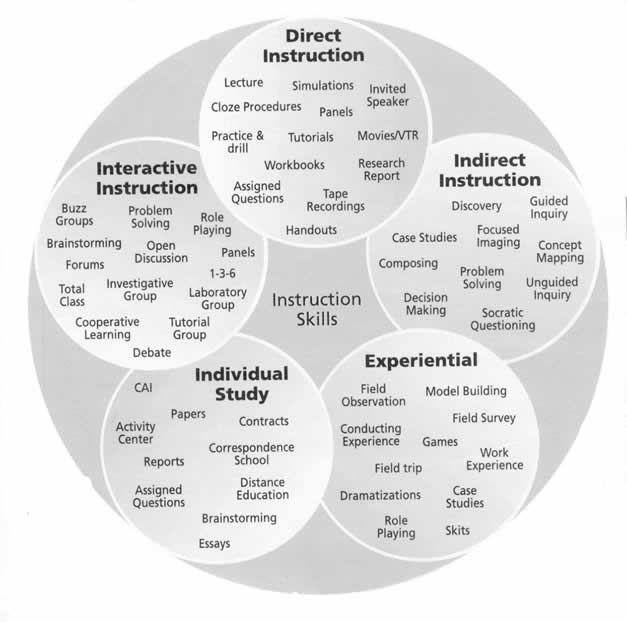 Chart to Classify Learning Activities (view source)
Chart to Classify Learning Activities (view source)
Reflecting on Crafting Learning Experiences
While introducing teachers to hyperdocs (learn more here), their expectation was for a sit-and-get experience. When I transitioned participants into an activity after a brief relationship building exercise, one participant shared her discomfort. “I was expecting more of you talking, not me doing an activity that made me think!” As that participant dug into the activity, her creativity started to flow. Later, participants took to the front of the room to share their successful creations.
Learning to be comfortable with discomfort is one of the most important skills to live a truly fulfilling life. If you learn this skill, you can master pretty much anything. (Source: The Only Time You Are Growing Is When You Are Uncomfortable)
This deliberate abandonment of the stage mirrored the instructional approach I hoped they would adopt: less lecture and passive learning, more active, independent, or small group learning. As questions arose, just as in a writing workshop, I moved my chair around the room. This made side-by-side learning chats possible. Some participants intuited a deeper grasp of a key concept. For those, I would ask them to help another. This facilitated peer-to-peer learning and a reliance on helping our community members. These colleagues would remain longer than I, who was visiting for only a short time. Real learning happens at a student’s own pace. Just-in-time learning conversations make better sense when learners are active and self-driven.
How do you scaffold this kind of learning opportunity in your classroom? The chart above points to some approaches.
5E HyperDoc Lesson Planning Tips
We need to create a system that scaffolds teachers’ instructional design. This design must be embedded in contextual learning, well-resourced, and aligned to the needs of learners. The 5E lesson plan provides one such approach. Hyperdocs, which have caught fire via the Twitter hashtag #hyperdocs, combines the 5E model with the flexibility of Google Docs. Learner agency and active learning are built in, both prerequisites for this instructional approach. Let’s explore some of the design tips.
Tip #1 – Know the Format
Know what the purpose of any recipe, any formula, or checklist is? The purpose of a checklist is to ensure we apply knowledge in a consistent and correct manner. This helps us avoid the pitfalls of not knowing enough about what works and being unable to properly apply what we know to a fresh situation (source). Even though you may not know enough about all the possible technologies, consider how this Hyperdoc template scaffolds your lesson planning development. Do you see how it combines elements of the 5E model with technology, making it easier for you to craft engaging, active learning opportunities for your students?
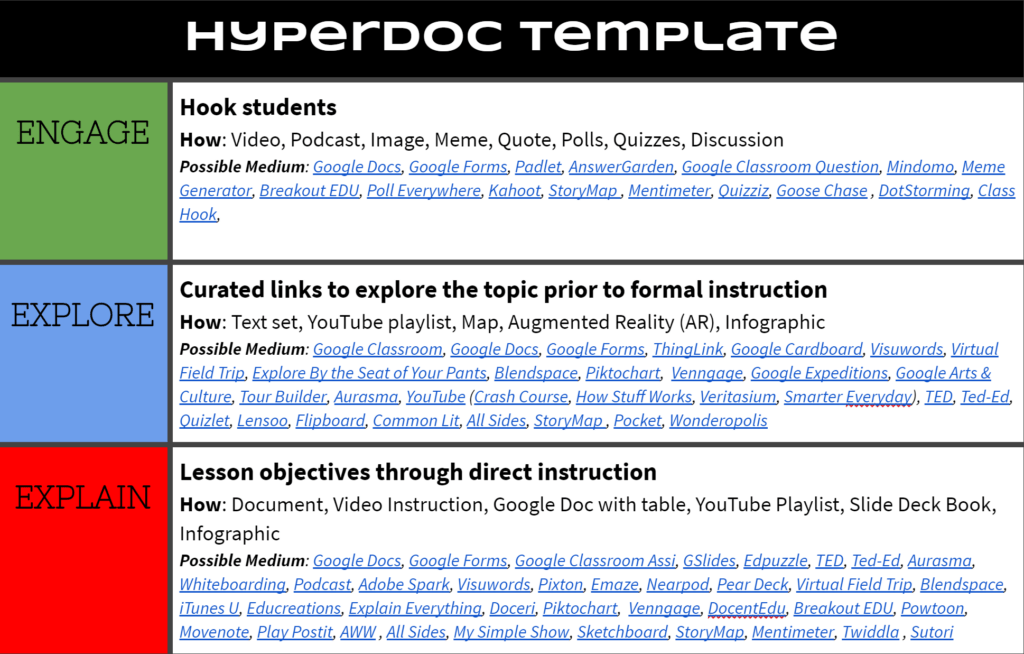
How to get your own copy: Login to Google, then click this link to make a copy of Jen Giffen’s template (@virtualgiff)
The 5E Model is essentially a checklist teachers can follow, no matter what you call each of the steps (e.g. extend or apply).
Tip #2 – Create Layers of Learning
While a traditional 5E lesson may be about engaging students in a problem they can work through on their own, it’s important to create layers of learning. “Variety and contrast drive long-term retention,” says one UCLA cited study in Psychology Today. The phrase “layers of learning” refers to creating a mix of experiences. Students, K-12 or adult learners, need a variety of contrasting ideas and resources. This layered approach speeds learning and reflects how human brains work. Learning happens in a gradual manner over time.
To create layers of learning, avoid monolithic blocking of content to master. Break it up. Mix in a variety of content about a topic, as well as about tangential topics, methods, and techniques. One easy way to do this relies on what Lisa Highfill (co-creator of Hyperdocs) refers to as MultiMedia Text Sets (MMTSs). “MMTSs are just docs with links meant to build schema through exploration,” says Lisa. Schema construction, essential according to researcher Frank Smith (Understanding Reading), helps humans with spatial organization linked to time. Learning experiences we craft for others must mix in a variety of experiences over time and space. These help us situate new learning (information and ideas) in our personal timeline reflected in our own schema.
Tip #3 – Make Time for Reflection
“Reflective learning involves conscious thinking by examining or absorbing an issue which triggers a past experience and helps to gain fresh insights into a new knowledge or skill,” says Vandana Kaveti. Given that human beings build theories of the world, constructing scenes situated in time and space, to make sense of new information, reflection can yield fresh insights. Those insights flow from the juxtaposition of old knowledge and the contrast with the new. Returning to Jen Giffen’s Hyperdocs template, there are a variety of technologies to enhance reflection. Reflection can yield insights for individual students. When the opportunity for reflection is extended to a classroom learning community, insights are deepened and increased.

To make sure that your hyperdocs will do what you’ve designed them to do, use this handy evaluation check list.
The One Desire
We all want things a certain way. This is a natural part of being human. Less a whim, our brains have a schema for each situation. New ideas, information, and experiences challenge us. We must brave discomfort and accept it as natural in order to learn. How well we combine new information with old determines our success. These three tips, combined with previous suggestions, can assist students as they catch fire about learning.
This blog was updated with additional resources on October 18, 2017.

